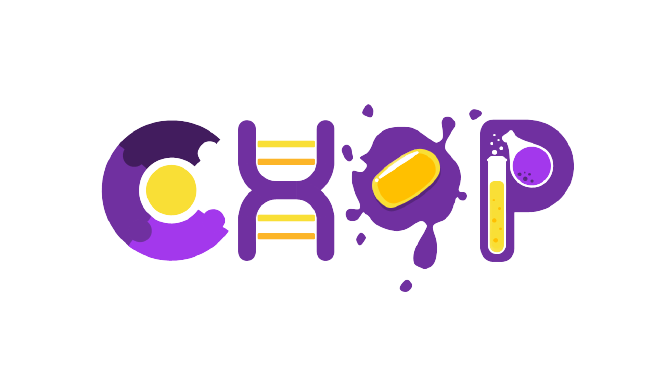Part:BBa_J18918
TEV cleavage site (E. coli)
TEV cleaves the following AA sequence with high specificity:
* Glu-Asn-Leu-Tyr-Phe-Gln↓Gly
but:
* Glu-Asn-Leu-Tyr-Phe-Gln↓Ser
is also reported
Note, the part suggested by the Voigt lab, also contains 2 additional 1xGly flanks for increased accessibility.
See also:
* BBa_I712077 (TEV N-term)
* BBa_I712078 (TEV C-term)
* BBa_I712016 (myri+TEV site, Slovenia team igem2007)
* BBa_J64007 (Dan Widmaier, Voigt lab)
Introduction
|
UBrawijaya iGEM 2021 project CHOP systemis an outer membrane vesicle based protein overexpression system that includes three goals towards producing a blueprint for an ideal protein production system. This project can be customized because the system can be adapted with various proteins of interest, the overexpression system that can increase protein yield, and the clean harvest with simplified purification steps that is equipped with a protease enzyme expression mechanism in the concentrated system - from vesicles and cell pellets. |
UBrawijaya iGEM 2021 used a fusion protein containing a TEV protease recognition site. A TEV cutting site was added between the proteins of interest and the eCPX to perform in vivo purification.
Usage and Biology
TEV protease is used to remove fusion tags from recombinant proteins due to the stringent sequence specificity it displays and it may require a Gly or Ser residue at the C-terminus (P1′ position) of its recognition site. TEV cleavage condition and recognition site could be optimized to improve the clear harvest of protein. TEV protease recognition site also affects levels of solubility of produced peptides in the system. A previous study about TEV cleavage condition and its correlation with purification of specific peptides reveal that except for proline, the canonical TEV protease recognition site tolerated all other residues at its C-terminus, confirming that no non-native residues which might affect activity, need to be incorporated at the N-terminus of recombinant peptides for tag removal [2]
References
[1] Dougherty et al. (1989): Molecular genetic analysis of a plant virus polyprotein cleavage site: a model. PMID: 2669323
[2] Sequeira, Ana Filipa, Jeremy Turchetto, Natalie J. Saez, Fanny Peysson, Laurie Ramond, Yoan Duhoo, Marilyne Blémont et al, "Gene design, fusion technology and TEV cleavage conditions influence the purification of oxidized disulphide-rich venom peptides in Escherichia coli," Microbial cell factories 16, no. 1,Pp. 4, Dec.2017.
Sequence and Features
- 10COMPATIBLE WITH RFC[10]
- 12COMPATIBLE WITH RFC[12]
- 21COMPATIBLE WITH RFC[21]
- 23COMPATIBLE WITH RFC[23]
- 25COMPATIBLE WITH RFC[25]
- 1000COMPATIBLE WITH RFC[1000]
| None |

